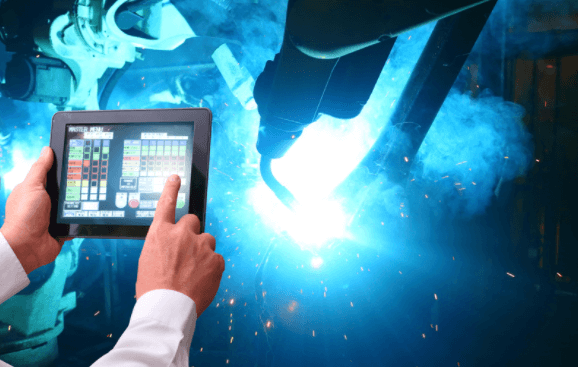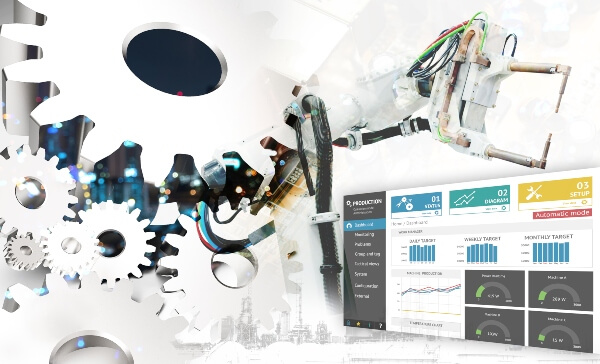Introducing the newest technology to your facility may come with a steep learning curve, but the benefits are especially large when it comes to a reduction in downtime troubleshooting.
The old proverb, “Time is Money,” is especially true when it comes to a production environment. Automation has brought many advancements to production, but saving time is the most significant.
Newly installed assembly lines are typically incrementally faster and more complex than what has been replaced. This has significantly improved throughput, but faster production means more expensive downtime, if it were to occur. As our systems become increasingly complex, how can we reduce downtime risks when there are so many components that can fail?
If, or when, an unintended event triggers downtime on an assembly line, it is imperative to resolve the issue quickly. That requires information about the triggering event to be quickly available so that the issue can be diagnosed and corrected. A robust documentation and training plan provides plant maintenance with the necessary tools to resolve what they can. Plant maintenance staff are typically the first responders in the recovery of an assembly line, however, there are some problems that they cannot solve immediately or easily. RedViking dug deeper into this increased risk to understand and improve upon the issue.
Sometimes the plant maintenance staff requires service and support from the equipment OEM. However, there is a designed communication barrier between the facility’s machine network and the OEM. This is because plant management is often apprehensive of relinquishing control of their assembly process, which is typical, but may result in delays in programmable logic controller (PLC) software debugging, troubleshooting, and diagnosis of the issue. Additionally, many plant information technology (IT) departments do not allow a virtual private network (VPN) connection for remote support, so the maintenance staff must upload to PLCs to grab the diagnostic histories. In addition to the risk of an accidentally downloading instead of uploading, connection to the PLC is suboptimal due to their extremely limited memory.
RedViking sought to improve our response time by reducing delays in gathering this data while also avoiding potential risks in uploading/downloading to the PLC and/or a VPN. One offering we are implementing is a mobile phone application allowing direct connection of a user, typically plant maintenance, to the machine network. This phone app will pull the entire event log and current system status from the PLC and send it to our service department for evaluation via the customer cellular data. This phone application is coupled with a device residing inside the main control panel that communicates with the phone via Bluetooth connection, averting concerns of plant IT managers.
By bridging the gap between our engineering/service department and our installed machine networks, we are working towards faster diagnosis of issues and resolution to risks that may come to fruition. All key status, fault, and alarm data can be sent to the OEM with the click of a button, leaving the plant maintenance to do what they do best—triage and getting the assembly line back up to speed.







